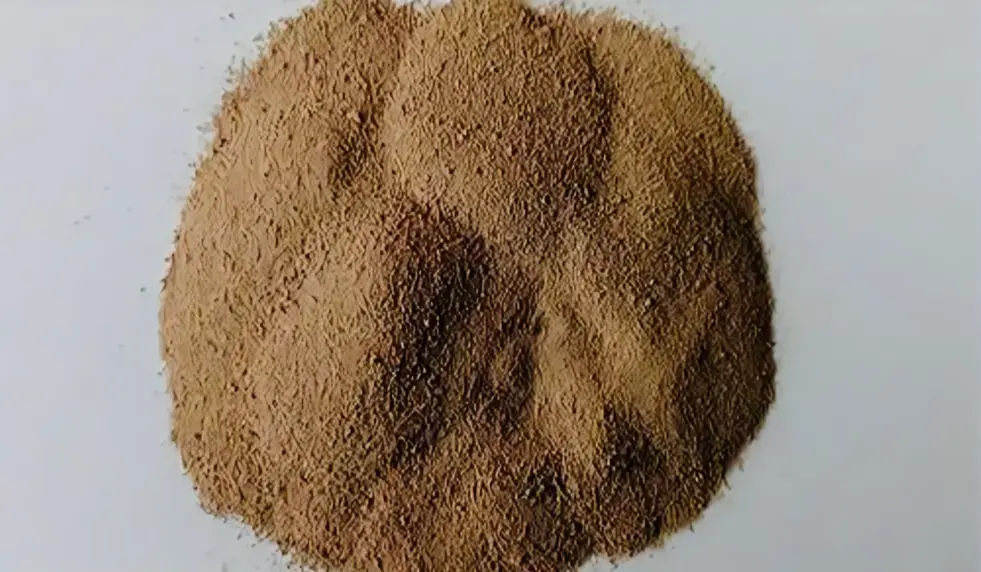
- Home
- About Us
- Products
- INORGANIC FERTILIZERS
- Ammonium Sulphate (Granular)
- Granular Urea N46% Min
- Ammonium Nitrate (AN)
- Calcium Ammonium Nitrate (CAN)
- Di-Ammonium phosphate (DAP)
- Potassium Chloride (KCl/MOP) -White fine
- Potassium Chloride (KCl/MOP) -Red Granular
- MAP 10-46-0
- MAP 12-61-0
- MAP 12-52-0
- Urea N 46 % Min (Prilled)
- SULPHUR 80% (WDG)
- Sulphur Bentonite 90%
- Sulphur Bentonite 91%
- Potassium Nitrate (KNO3)
- INDUSTRIAL CHEMICALS
- SULPHUR
- NPK COMPOUNDS
- NPK (15-15-15) Fertilizer
- NPK (12-24-12) Fertilizer
- NPK (16-16-8) Fertilizer
- NPK (13-13-20) Fertilizer
- NPK (12-32-16) Fertilizer
- NPK (16-16-16) Fertilizer
- NPK (20-10-10) Fertilizer
- NPK (17-8-25) Fertilizer
- NPK (19-9-19) Fertilizer
- NPK (17-17-17) Fertilizer
- NPK (20-20-15) Fertilizer
- NPK (24-6-12) Fertilizer
- NPK (27-12-18) Fertilizer
- NPK (25-9-9) Fertilizer
- INORGANIC FERTILIZERS
- Our Services
- News
- Blog
- Contact
- Home
- About Us
- Products
- INORGANIC FERTILIZERS
- Ammonium Sulphate (Granular)
- Granular Urea N46% Min
- Ammonium Nitrate (AN)
- Calcium Ammonium Nitrate (CAN)
- Di-Ammonium phosphate (DAP)
- Potassium Chloride (KCl/MOP) -White fine
- Potassium Chloride (KCl/MOP) -Red Granular
- MAP 10-46-0
- MAP 12-61-0
- MAP 12-52-0
- Urea N 46 % Min (Prilled)
- SULPHUR 80% (WDG)
- Sulphur Bentonite 90%
- Sulphur Bentonite 91%
- Potassium Nitrate (KNO3)
- INDUSTRIAL CHEMICALS
- SULPHUR
- NPK COMPOUNDS
- NPK (15-15-15) Fertilizer
- NPK (12-24-12) Fertilizer
- NPK (16-16-8) Fertilizer
- NPK (13-13-20) Fertilizer
- NPK (12-32-16) Fertilizer
- NPK (16-16-16) Fertilizer
- NPK (20-10-10) Fertilizer
- NPK (17-8-25) Fertilizer
- NPK (19-9-19) Fertilizer
- NPK (17-17-17) Fertilizer
- NPK (20-20-15) Fertilizer
- NPK (24-6-12) Fertilizer
- NPK (27-12-18) Fertilizer
- NPK (25-9-9) Fertilizer
- INORGANIC FERTILIZERS
- Our Services
- News
- Blog
- Contact
Fuel Oil cST 180, cST280, cST380
January 31, 2024
- admin
Fuel Oil Exporter
Depending on their intended application, fuel oils are liquid mixtures made from crude petroleum ranging from yellow to light brown. They are usually combustible and smell like paraffin.
What are the Uses of Fuel Oil?
Here are the uses of fuel oil –
- Heating: Both domestic and commercial boilers use lighter fuel oils, such as No. 1 and No. 2.
- Power generation: In boilers, heavier fuel oils, such as No. 5 and No. 6, are burned to produce electricity.
- Marine transportation: Many boats and ships run on marine petrol oil (MGO).
- Industrial processes: various industrial applications can be served by fuel oils in boilers and furnaces.
Specification of Fuel Oil
| Grade | Density (kg/m³) at 15°C | Viscosity (cSt) at 40°C | Flash Point (°C) | Sulphur Content (% wt.) |
| ASTM No. 1 | 820-840 | 2.0-4.3 | 52 min | 0.05-0.25 |
| ASTM No. 2 | 840-880 | 2.8-6.8 | 55 min | 0.05-0.35 |
| ASTM No. 4 | 870-900 | 15-50 | 60 min | 1.0-2.0 |
| ASTM No. 5 | 900-940 | 35-80 | 66 min | 2.0-3.5 |
| ASTM No. 6 | 940-980 | 70-200 | 66 min | 2.5-4.0 |
| Marine Gas Oil (MGO) | 820-860 | 2.0-6.0 | 60 min | ≤0.5 |
Buoyancy General Trading LLC is one of the UAE’s most premium fuel oil cst 180 exporters. In addition, we are also a fuel cst 280 exporter. For more information, get in touch with us.
FAQs
Q1. Does diesel differ from fuel oil?
Ans. Diesel fuel and fuel oil are nearly identical. The only difference is their usage.
Q2. What does petroleum-based fuel consist of?
Ans. Petroleum-based fuel is composed primarily of a mixture of methane series petroleum hydrocarbons, with an average of ten to sixteen carbon atoms per molecule (HSDB 1991; IARC 1989).
Q3. What are the Types of Fuel Oil?
- Distilled Fuels: lighter and cleaner products from the initial stages of the process.
- Residual Fuel Oil: Heavy and more viscous fuels that remain after lighter components are eliminated are called residual fuels.


